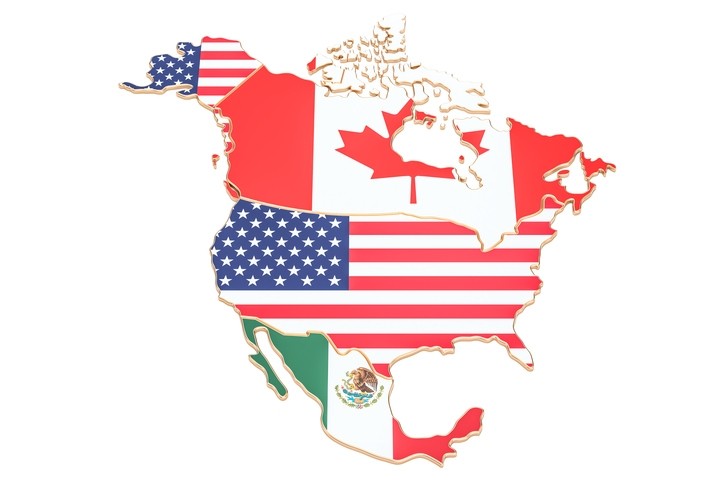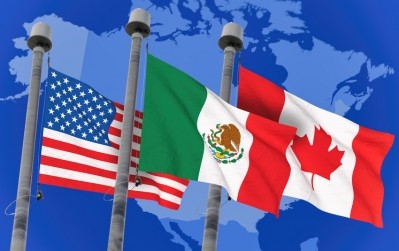NAFTA negotiations pass legislative deadline

The lead American trade negotiator, Robert Lighthizer, said the countries involved were “nowhere near close to a deal" according to an article in the New York Times.
A deadline of May 17 had been set for a conclusion of the talks by Paul Ryan, US speaker of the House of Representatives, allegedly as a way to ensure that the re-negotiated trade deal would have time to be approved before the newly elected Congress starts in January.
However, the issues put on the negotiating table have reportedly not yet been resolved.
NAFTA enables the tariff-free trade of several agricultural products among the US, Canada and Mexico. Leah Wilkinson, VP of public policy and education, American Feed Industry Association (AFIA), told us "Mexico and Canada remain very important [in terms of volumes purchased] both from a feed ingredient and pet food basis.”
Initially, the fear was US withdrawal from NAFTA. But AFIA is now more optimistic on that score. As long as they are still negotiating, still moving, there is potential, said Wilkinson.
US Congressman, David Rouzer, told the AFIA Board of Directors this week he believes the US will come to an agreement on the NAFTA soon, saying that “if Trump was going to get out of NAFTA, he would have done it already.”
Trading partners
In looking for trading partners one of the important markets is to go to neighbors, said David Widmar, agricultural economist.
The markets in Canada and Mexico have grown in the last 30 years, he said. NAFTA has been a part of that growth, but there also could be other elements involved such as expanding populations and incomes.
“A trade agreement like NAFTA or TPP lowers the barriers of trade and makes it easier to do trade,” he said. “So, yes, it has an impact – it hasn’t been 100% the driver, but it is a specific one.”
Looking at the market for feed grains, Mexico is the main purchaser of US corn and bought about 28% of the exported amount in 2017, according to USDA data. After China, it also is the second largest buyer of US soybeans.
Additionally, about $15.2m in barley was exported to both Canada and Mexico in the 2016/17 marketing year, reported the US Grains Council. Mexico also accounted for about 19% of the export market for distillers dried grains.
Feed exports sales to Canada in 2017 amounted to about $1.4bn according to information from AFIA. Sales in the feed export market to Mexico have grown from about $1.38bn in 2013 to 1.6bn in 2017.















